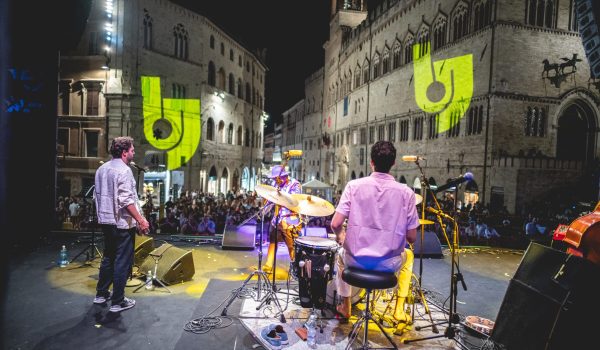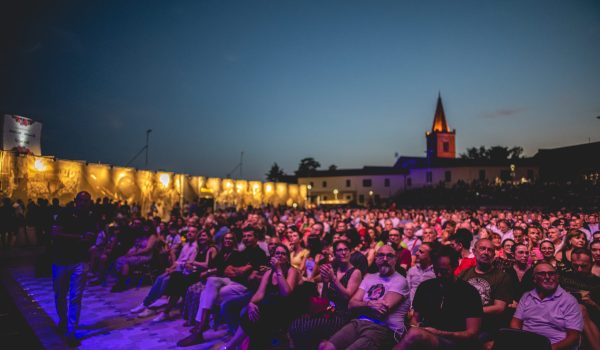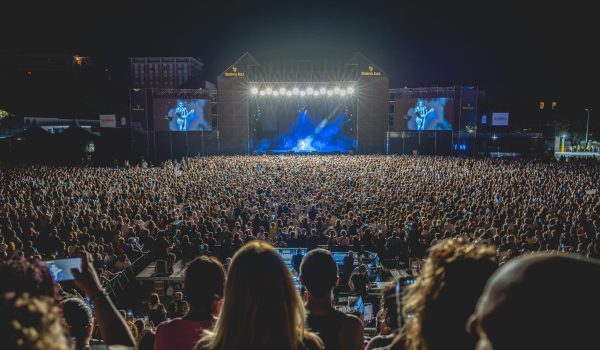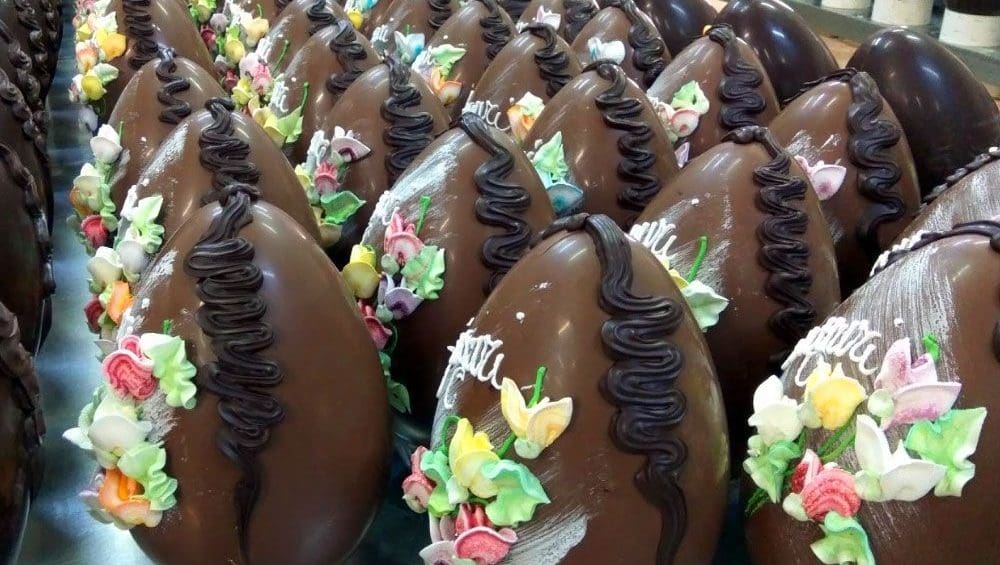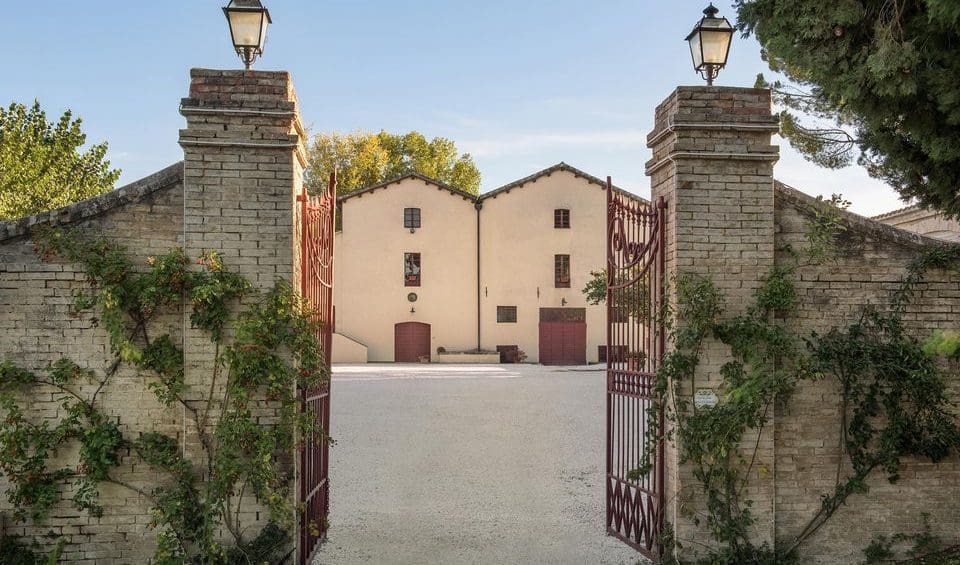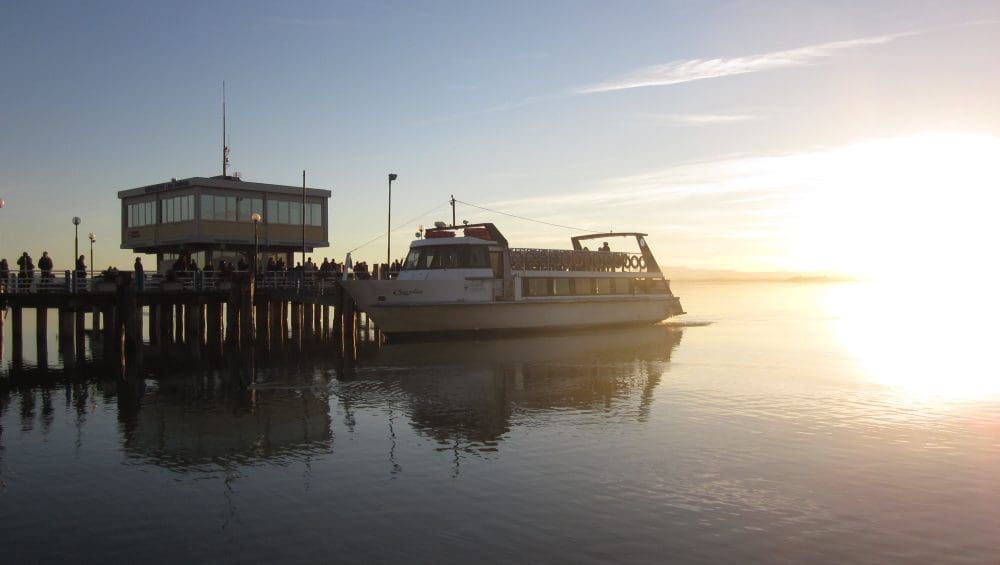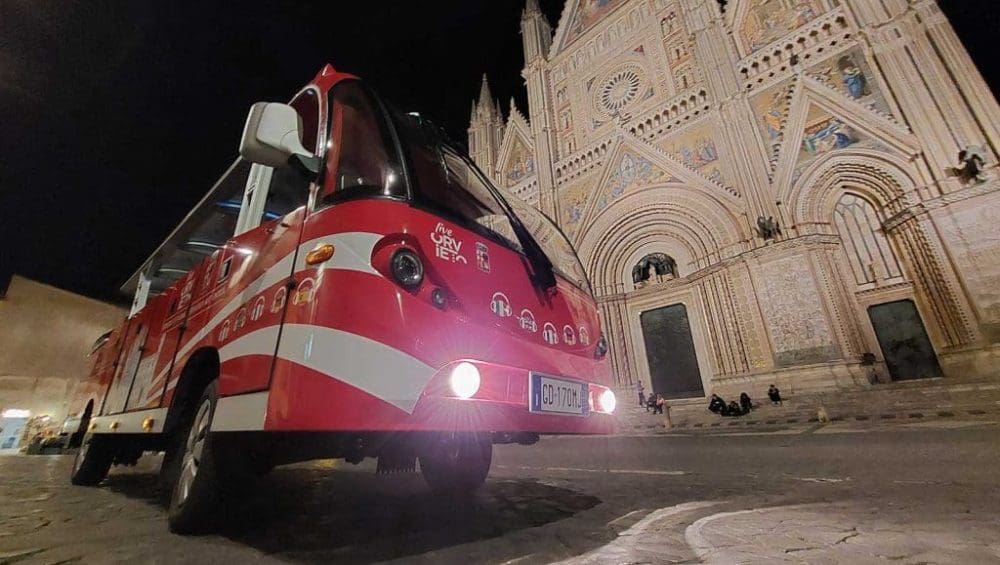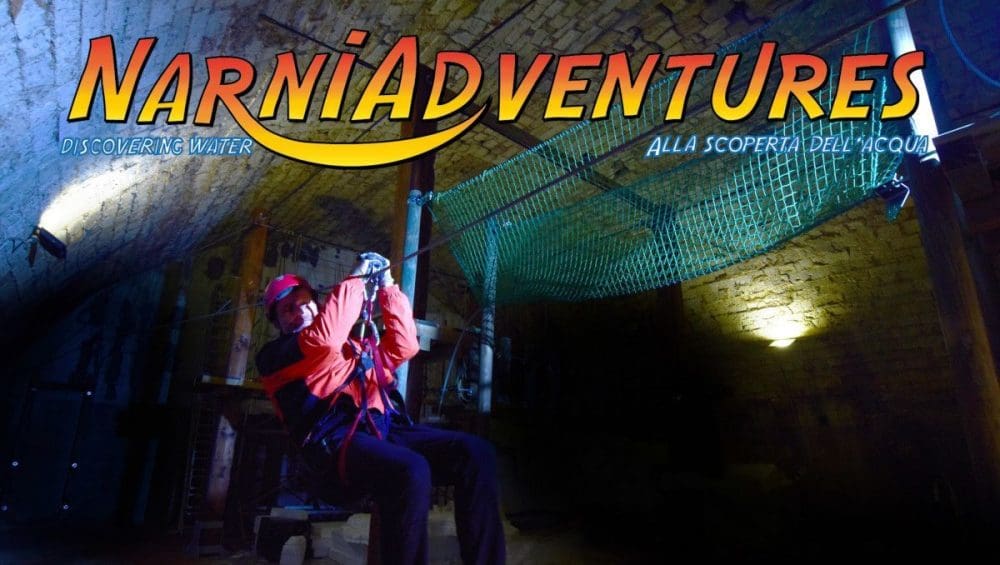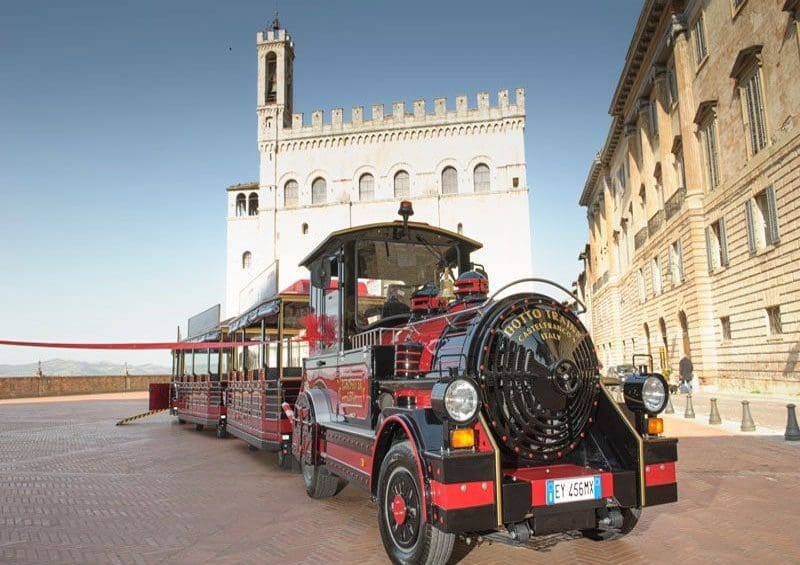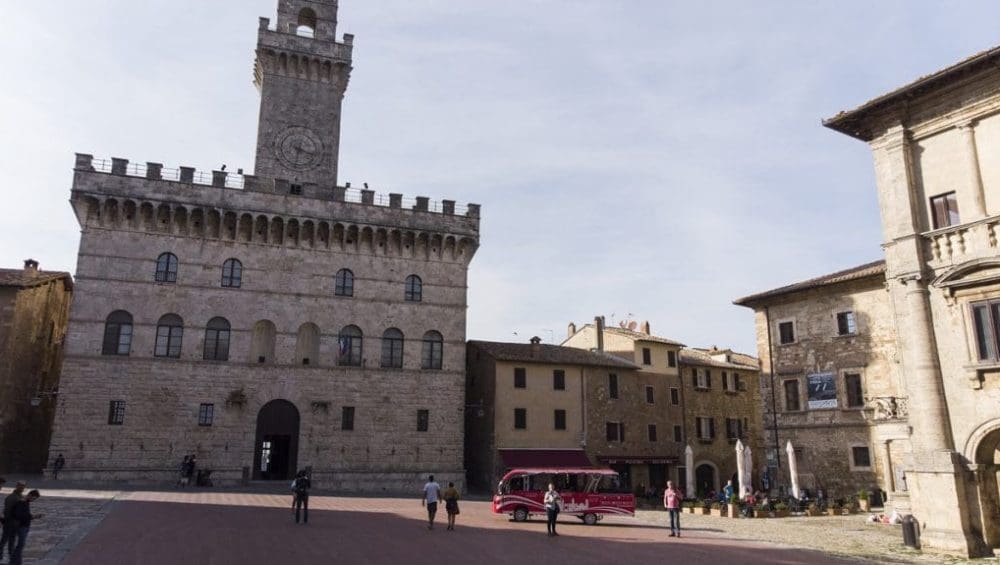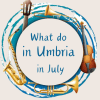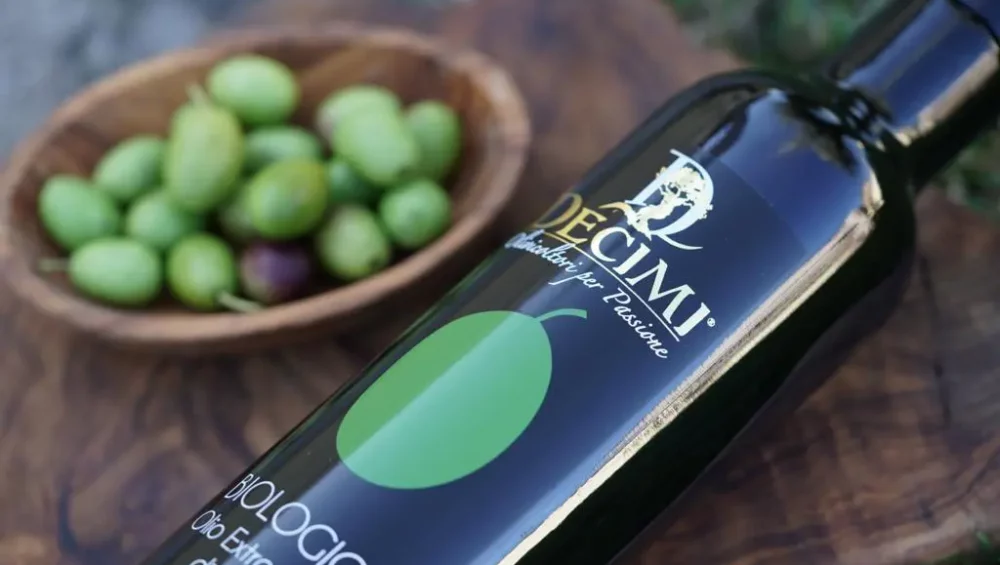
Via Settevalli, 320
06129 Perugia
Iscriviti per ricevere informazioni su pacchetti, offerte, eventi e manifestazioni in Umbria.
UmbriaSì – P.IVA: 02538640547
Privacy and Cookie Policy | Credits: GREEN CONSULTING
UMBRIAPERTA: BANDO PER IL SOSTEGNO ALL’ATTIVITÀ DI INCOMING” NUOVO PIANO DI SVILUPPO E COESIONE FSC”
Intervento relativo al Progetto “UmbriaSì per l’Incoming” è stato realizzato e finanziato con RISORSE FSC
La funzionalità del sito web è stato implementa con il sostegno delle risorse del Nuovo Piano di Sviluppo e Coesione FSC


